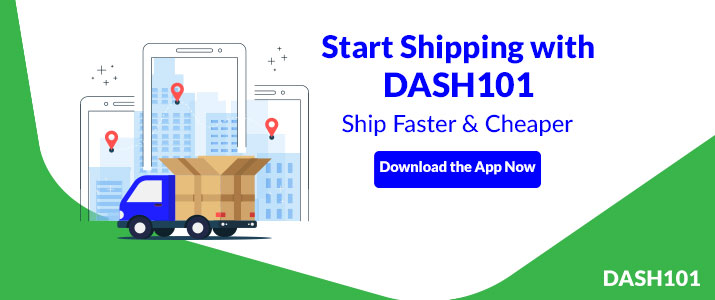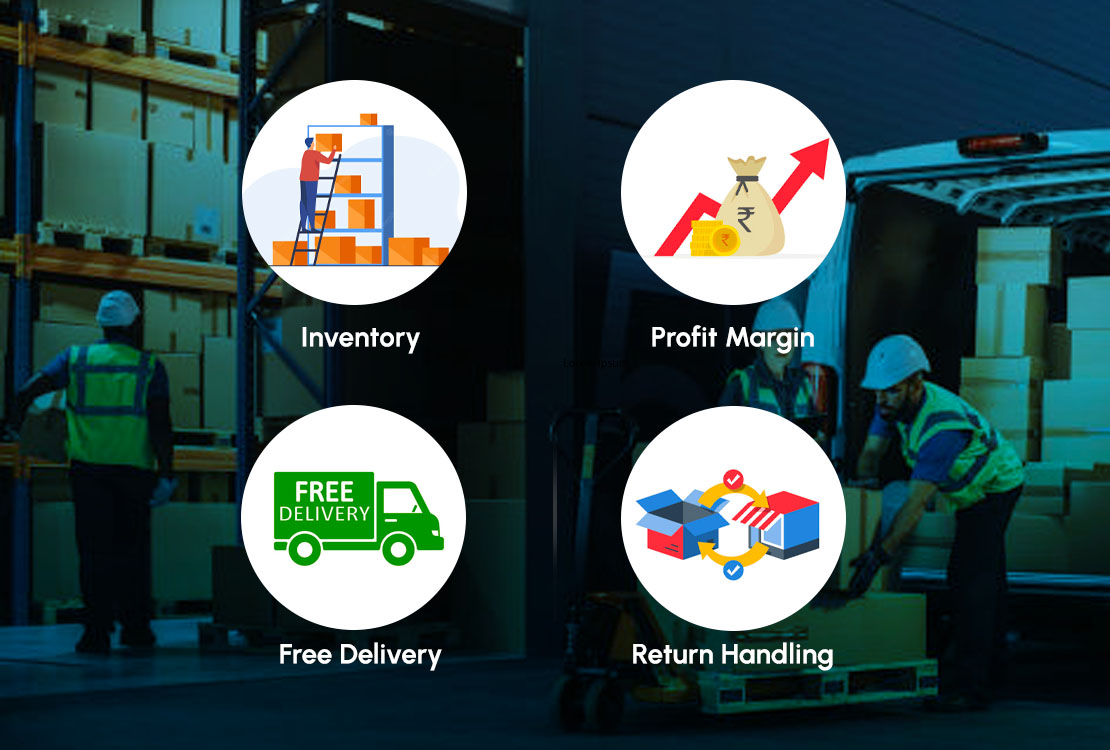If you own e-commerce, you already know the different types of warehousing models available in the business world. The exponential growth of your business or seasonal changes could hike your demand up, which is exceptional. But does your business have more space to store and manage your inventory? That’s when the on-demand warehouse comes into the pictures. Let’s understand what on-demand warehousing is and how it could be a saving grace for your business.
What is On-Demand Warehousing?


On-demand warehousing is an online market space that is offering sellers to use their warehousing service to store their products and inventory. Unlike the traditional warehousing model, this model is based on the need of the seller. Providers of warehouse space can provide storage space to customers as and when it is available. Another striking difference from the traditional 3Pl service is that these warehouses do not carry out other fulfillment services. They are only concerned with the storage of goods.
On-demand platforms make it possible for companies to list their available space and lend it to those who need it temporarily. Every single transaction is run through the platform. The platform also provides the customer for all the services rendered and the customer can make the payment to the warehouse operator directly.
Since companies that use on-demand warehousing are more focused on the exchange of additional or temporary warehouse space. Some companies also offer more complex services like picking, packing, and shipping orders to mint more money.
Advantages
On-demand warehousing is gaining popularity in the present times as it resolves the issue of the ever-growing need for warehouse space. In the past, businesses would rent or lease a warehouse if they needed more storage space.
Another option would just be to pay a 3Pl warehouse for its space. On-demand warehousing resolves the issue of being tied to a lease. In general, companies require more warehouse space because seasonal changes can influence demand.
Companies that use this model have upgraded from tracking pallet shipments. Users of on-demand fulfillment can outsource their shipping procedures. This is a major benefit for model and growing businesses, who are now able to compete with other businesses.
Disadvantages
On-demand warehousing may sound very convenient and useful but there are certain drawbacks in this model. Just having additional space doesn’t make a business eligible for listing. If that was the case, businesses that use on-demand warehousing would face some serious issues.
There are some obstacles that businesses can face while using on-demand warehousing.
To begin with, any company that is willing to offer this service must have a labor on-hand for fulfillment activities. With outsourcing, there is always the potential to lose control over your process. If the operation is not controlled by trained professionals, inevitable inventory mishaps could occur. The data with regards to inventory may not be recorded accurately.
Perfect For Short Term Needs
On-demand warehousing is perfect for short-term needs. The flexibility in this model helps you to save up on some cash that can be invested for other purposes. It eliminates the need to have your warehouse and the expenses that come along with it. O
On-demand warehousing has its benefits and some disadvantages too. Before you commit don’t forget to do thorough research and choose what fits your needs perfectly.







Leave a Review